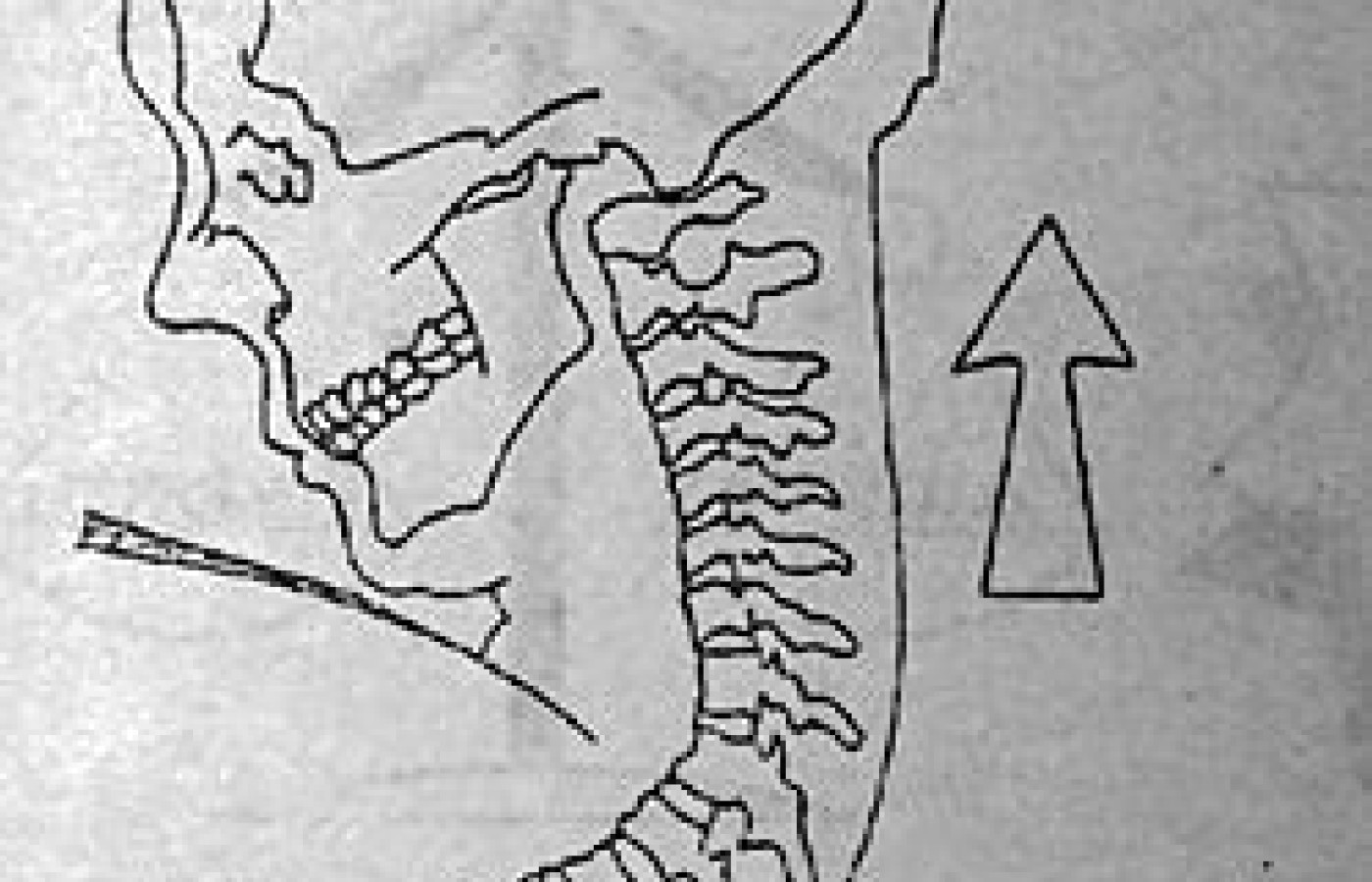Some doctors thrive in a personality-based clinic and have a loyal following no matter what services or equipment they offer, but for most chiropractic offices who are trying to grow and expand, new equipment purchases help us stay relevant and continue to service our client base in the best, most up-to-date manner possible. So, regarding equipment purchasing: should you lease, get a bank loan, or pay cash?
The Automobile Shoulder Harness: Magic Bullet or Ricochet?
Dr. Croft is a magna cum laude graduate from LACC. Dr. Croft has a master of science in biology, is a board certified orthopedist, and a fellow of the Academy of Chiropractic Orthopedists.
Dr. Croft maintains an active practice in San Diego, California and is on staff at LACC as an adjunct assistant professor in the department of diagnosis. He also teaches in the postgraduate orthopedics department at LACC and teaches orthopedics at NYCC. He is on the faculty of the American College of Orthopedic Medicine and the San Francisco Spine Institute. Dr. Croft is the director of the Spine Research Institute of San Diego, past director of the San Diego County Chiropractic Society, an examination commissioner for the state board of examiners, and a state appointed independent medical examiner.
Dr. Croft is co-author of Whiplash Injuries: The Cervical Acceleration/Deceleration Syndrome, published by Williams & Wilkins. He has been awarded both first and third place honors in the ACA's scientific paper of the year awards.
He was nominated for an Emmy by the National Academy of Television Arts and Sciences for a 1990 video production, "Whiplash" (see October 25, 1991 issue of "DC").
Dr. Croft is currently working on a textbook of chiropractic neurology and rheumatology, scheduled for release this year.
The shoulder harness made its debut in production cars in the early 1970s, which is just about in step with the usual timing of the automotive industry's glacial progress in safety engineering. Most of these safety devices were invented during WWI. Airbag technology was developed in the 1950s. There are other safety devices you will never even hear about. But that's another issue and I'll leave that for Ralph Nader.
Why was the shoulder harness developed? Lap belts worked, but only to a certain extent: they kept you from being ejected through the windshield but not from having your face or chest crushed by a steering wheel or dashboard. The shoulder harness was the logical solution. The harness prevented forward excursion of the torso -- most of the time.
The next problem was to get people to to wear these restraints. Polls in the early 1970s indicated that less than half of all drivers wore their restraints regularly. Many of us just needed the added incentive of seat belt use laws. (Some states have since repealed their use laws on the grounds that it is unconstitutional to force someone to be responsible in such a way.) In any event, most recent studies show that use has risen to about 65 percent in most communities. We recently conducted a study in Southern California and found that an average of 70 percent of drivers use their restraints regularly.1 This was compared to our large research database of patients who were involved in motor vehicle accidents. These patients reportedly used their belts at a 96 percent frequency. Presumably this is an indication of overreporting due to litigation, rather than a true finding that safe drivers are more likely to be involved in an accident. This brings us to the clinical issue. Shoulder harnesses work but they don't work well. The forward moving torso is restrained abruptly (figure 1) while the inertia of the head, already greater than that of the torso, carries it forward into flexion, and often hyperflexion. This results in an increased bending moment at the lower cervical spine and a concentrated force there. This is why a very large number of people continue to be symptomatic several years after their trauma.2,4 You may recall Ian Macnab5 stating that the extension phase of a whiplash was the most injurious, but consider that his report, written in the early 1960s, predated head restraints and the shoulder harness.
Deans, et al.6 found that whiplash patients who were wearing restraints, 34 percent continued to be symptomatic after one year, whereas those not wearing restraints, only 20 percent were symptomatic. In perhaps the largest study of its kind, Nygren7 found that AIS 1 level neck injuries (minor and equivalent to whiplash) were three times more likely to occur in belted drivers than in unbelted drivers.
Perhaps the shoulder harness is a necessary evil. Presently, the trade-off for reducing the incidence of serious facial, chest, and spinal injuries is to increase the incidence of "minor" spinal and paraspinal injuries with the shoulder harness. Still, I am amused when defense attorneys bring up the issue of contributory negligence in cases where patients were not wearing their seat belts and shoulder harness. It's a tough lesson to learn in front of a jury.

Figure 1: The deceleration phase of a whiplash injury with occupant wearing shoulder harness results in an increased bending moment at the lower cervical spine.
References
- Spine Research Institute of San Diego, pending publication.
- Norris SH, Watt I: The prognosis of neck injuries resulting from rear-end collisions. J. Bone Joint Surg., 65B(5):608-611, 1983.
- Hohl M: Soft tissue injuries of the neck in automobile accidents; factors influencing prognosis. J Bone Joint Surg., 56A(8):1675-1682, 1974.
- Watkinson A, Gargan MG, Bannister GC: Prognostic factors in soft tissue injuries of the cervical spine. Injury: Brit J Accid Surg., 22(4):307-309 1991.
- Macnab I: Acceleration injuries of the cervical spine. J Bone Joint Trauma, 46A(8):1797-1799, 1964.
- Deans GT, Magalliard JM, Kerr M, Rutherford WH: Neck sprain -- a major cause of disability following car accidents. Injury, 18:10-12, 1987.
- Mygren A: Injuries to car occupants -- some aspects of interior safety of cars. Acta Oto-Laryngologica, Suppl #394, 1984.
Arthur C. Croft, D.C., M.S., F.A.C.O.
Coronado, California



